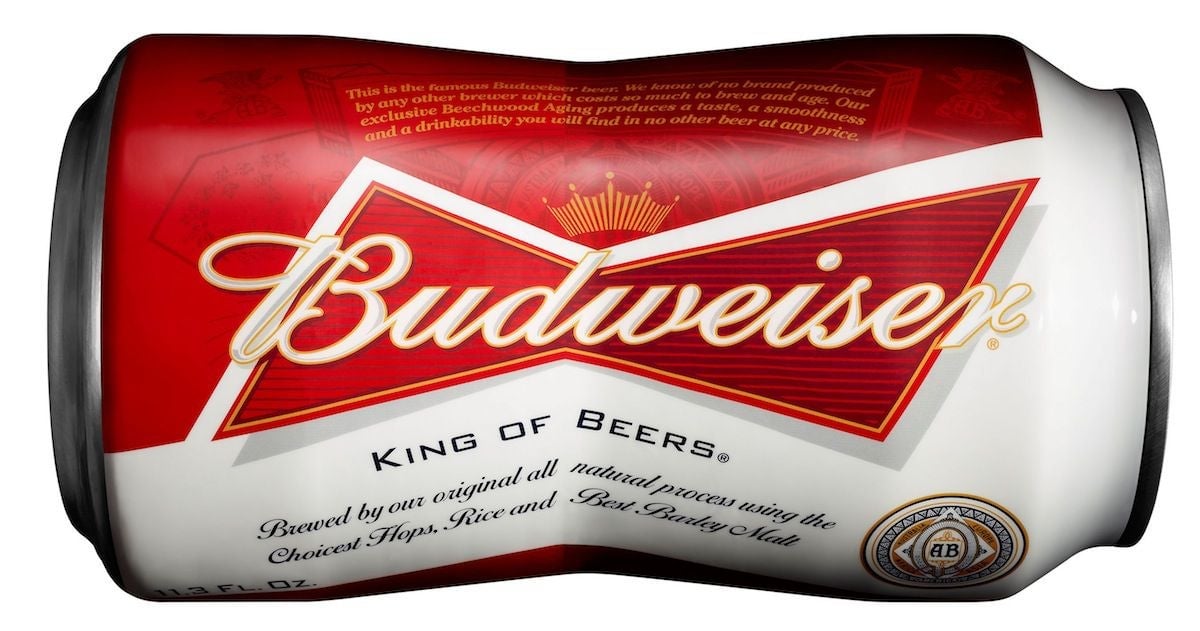Beer cans are finally getting the creative designs they deserve
While canned beer has long outsold bottled beer, cans have traditionally been considered downmarket. But aluminum packaging rose in stature in the early aughts when it was embraced by a new class of US craft breweries. Even bigger brands have caught on, pushing innovative designs that would be impossible with bottles.
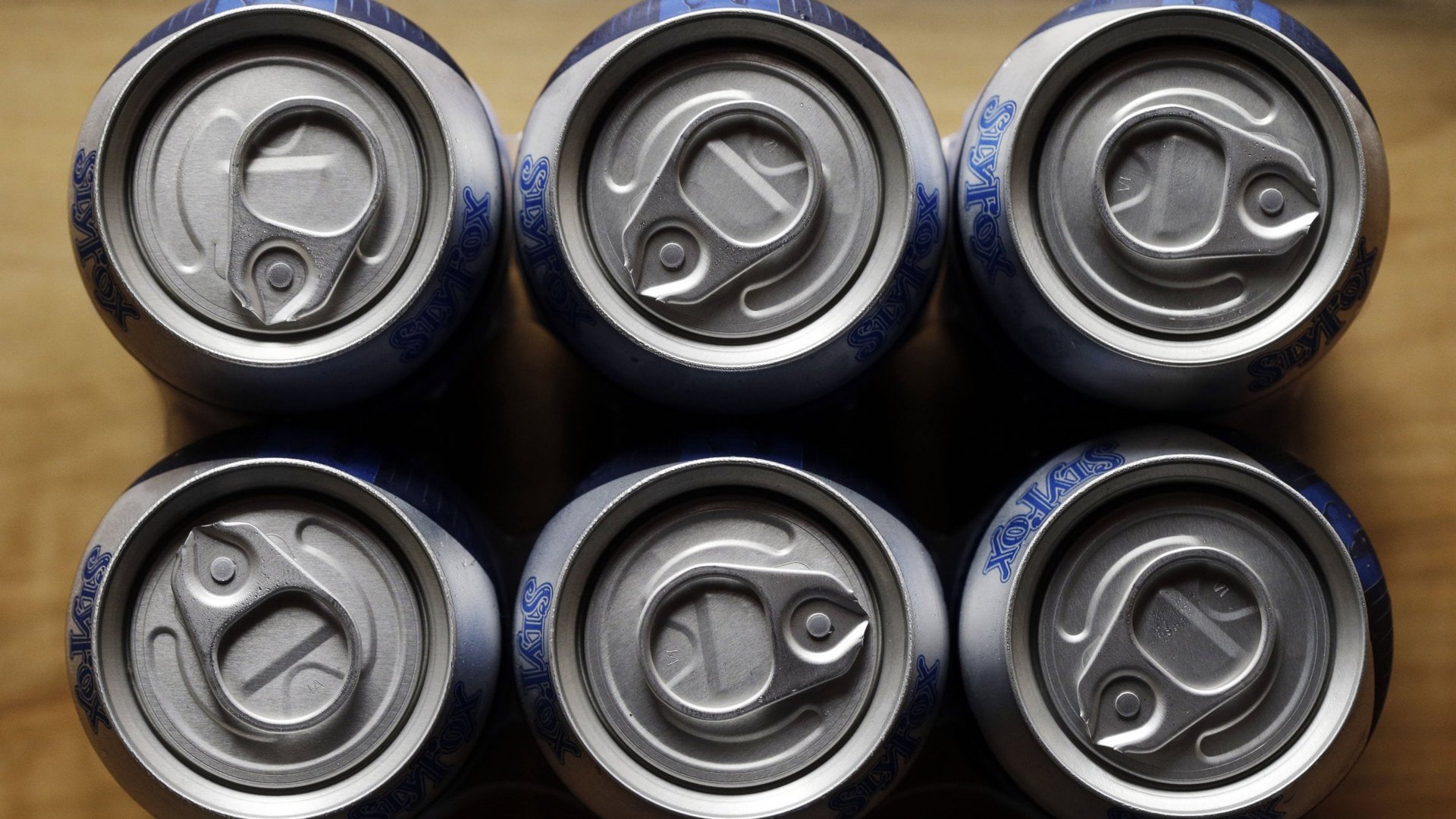

While canned beer has long outsold bottled beer, cans have traditionally been considered downmarket. But aluminum packaging rose in stature in the early aughts when it was embraced by a new class of US craft breweries. Even bigger brands have caught on, pushing innovative designs that would be impossible with bottles.
According to industry analysts, the new technologies are also changing perceptions of beer cans. Last year cans carried 53.2% of the US beer market, up from 48.3% in 2006, while the share for bottled beer dropped from 41.9% to 36.5% over the same period.
The can decline was over by the mid-aughts, and the versatile packaging has enjoyed an upward trend since 2006, according to information compiled by the Beer Institute.
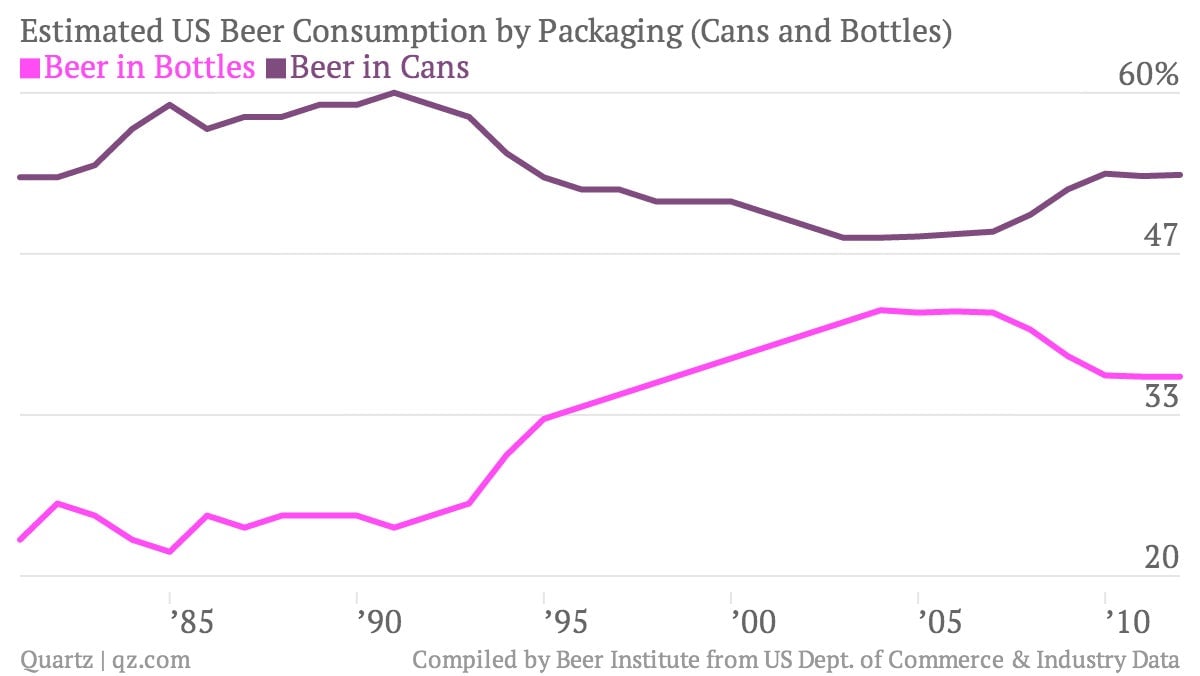
The myth of cans giving a metallic taste to beer goes back to pre-1970s soldered cans, but consumers can’t actually taste the difference between most bottled and canned beers. Cans store beer just as well as bottles since the inside of each can is coated with a water-based polymer, preventing the beer from coming in contact with the aluminum.
Aluminum cans also provide a cheap, impact-resistant, recyclable packaging. They minimize the chance for breakage and offer complete protection against light, which can ”skunk” (or, impart a bitter aroma to) beer.
Lately, beverage makers have been rolling out more variations on the traditional “pull-top” can.
One beer maker, Sly Fox Brewery, dispensed with small-scale modifications to the tab, instead using a “360 lid” design, that removes the tab and top altogether, so drinkers can use each can like a glass.
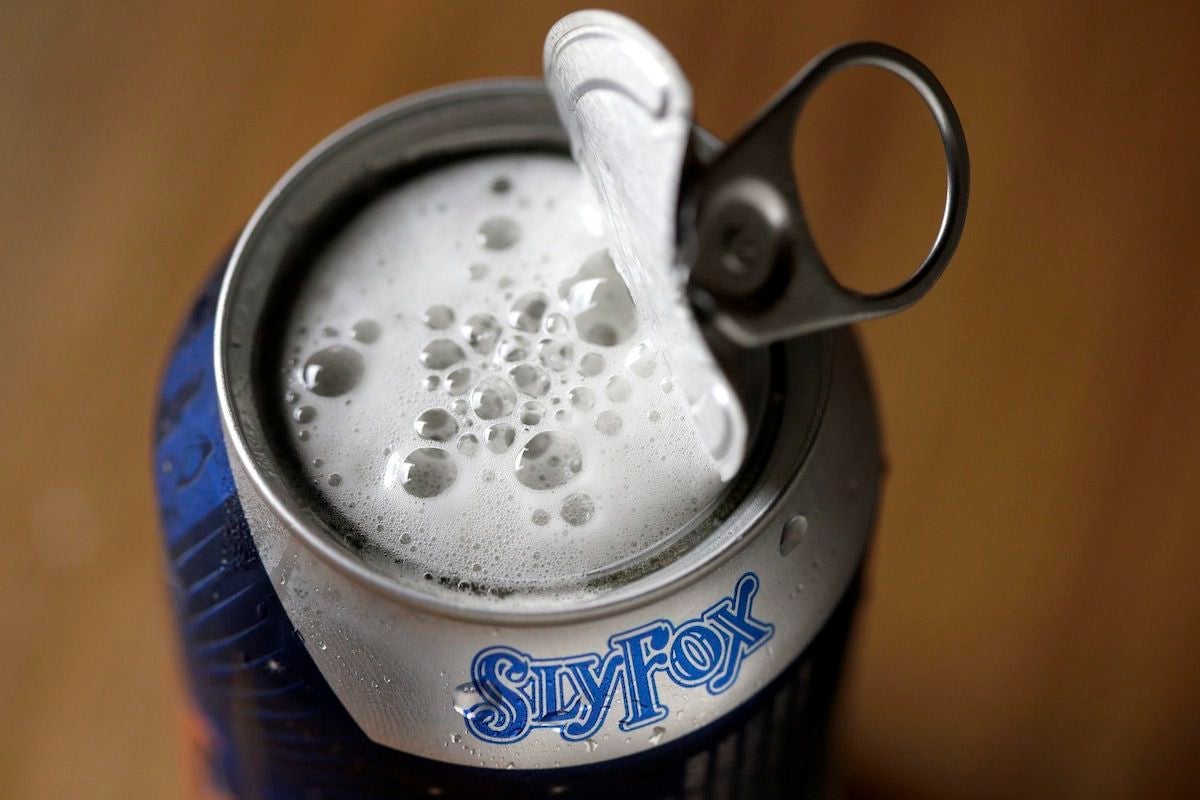
Another, the Churchkey Can Company, got rid of the pull-top entirely and brought back the flat-topped cans that were standard before the advent of the pull-top in 1959. Consumers have to use a “churchkey” style can opener, as though it were condensed milk.
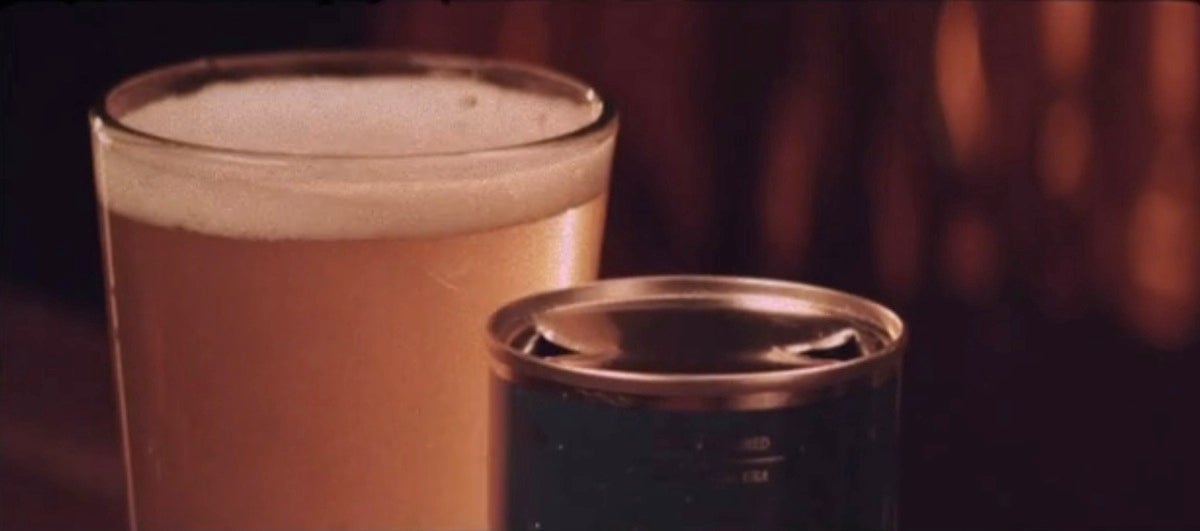
The Boston Beer Company, the largest US craft brewery and maker of Samuel Adams beer, had sworn off cans for years. This year, it has introduced the “Sam Can,” which features a wide mouth placing the opening closer to the nose and a flared lip that is supposed to deliver more beer aroma.
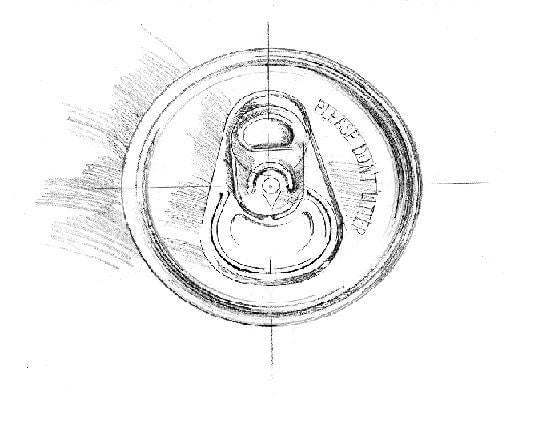
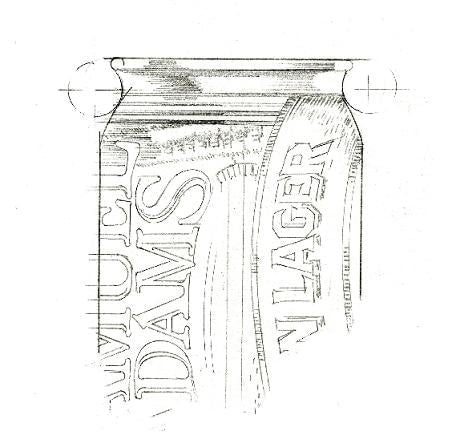
Other manufacturers have concentrated more on convenience and novelty. Bud Light’s vented can that uses the tab to poke a hole in the top for ease of pouring. The design was tested over the summer in the Louisville, Kentucky market and is scheduled for a national rollout this year.
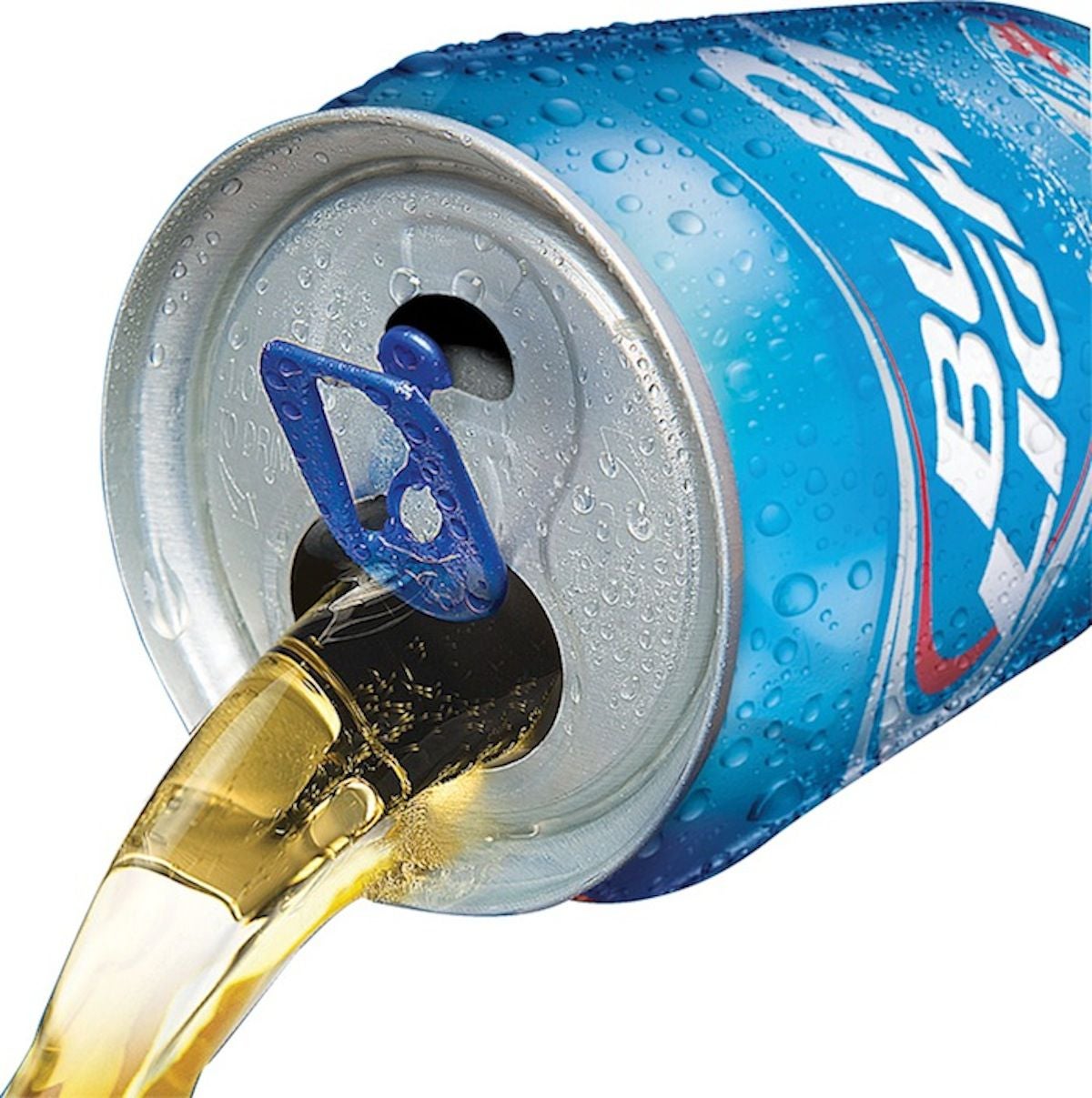
But not all can innovations have to do with function, some are purely about form. Most notably Budweiser’s “bowtie can,” introduced this year was an attempt to set itself apart using a unique design—the profile is meant only to echo Budweisers “bow-tie” logo—rather than a particularly functional one. Though, its slightly smaller dimensions do cut .7 oz or 8.5 calories from each can.
